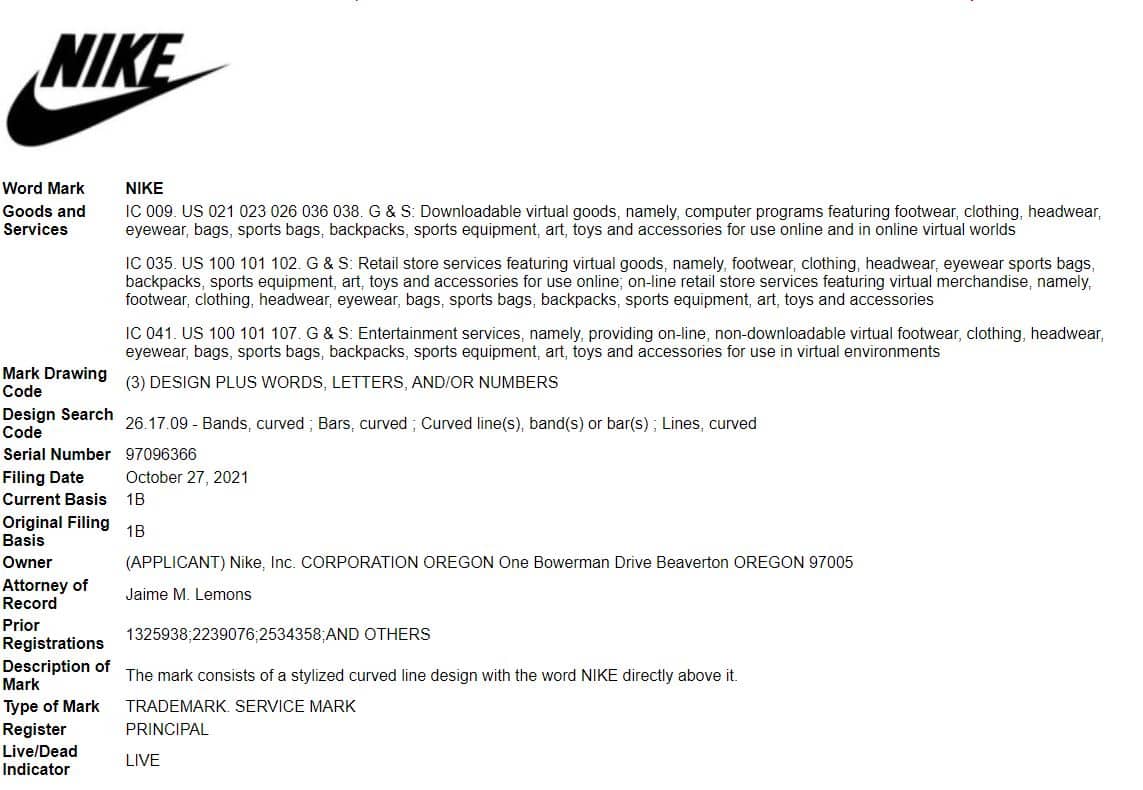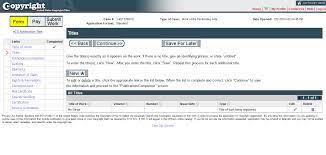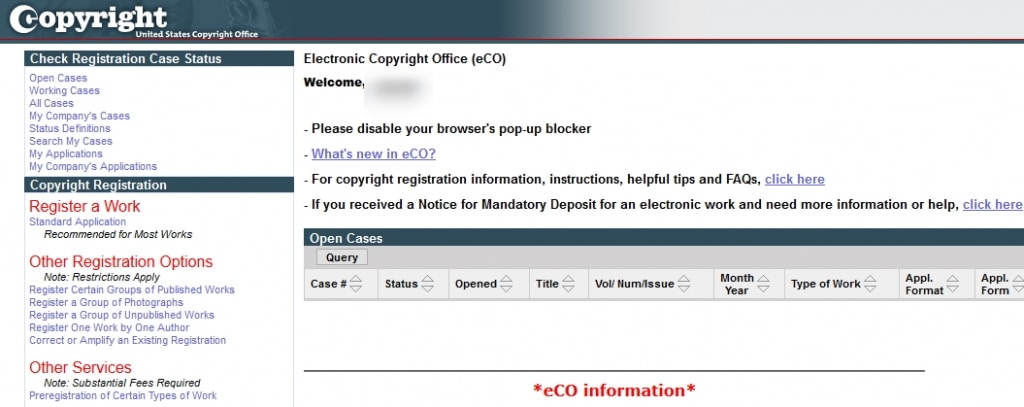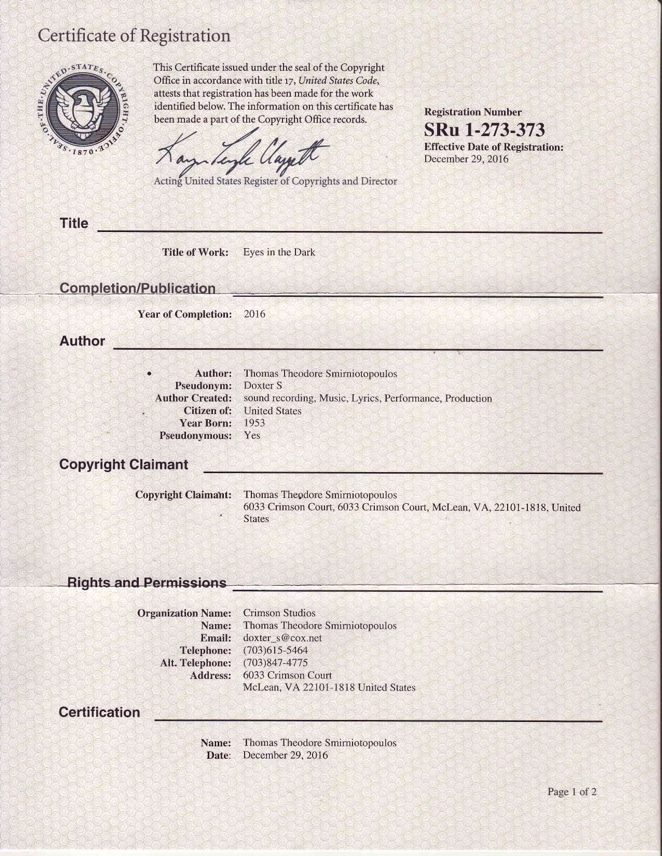
There’s a common misconception that copyright and trademark are either interchangeable or need to be registered together, if at all. They both offer virtually guaranteed intellectual property protection, but they are very different. One protects the specific content of a work, the other protects a product or service.
As a writer, do you need to be concerned with one or the other, or both?
Creation: The Most Important First Step
Before getting into the details of legally protecting your work, let’s just get to the quickest simplest step which, as a writer, you should do. It’s easy and costs no money.
Create your work.
The law states that when you create an original piece of writing, you automatically get certain property rights in that work. These rights are called “copyright” and automatically attach to certain works. If your work is copyrightable, it will be copyrighted as soon as it is “fixed.” Nothing more needs to be done to gain the protections of the law.
State your Copyright
At the very least, ensure you state your copyright on every page that makes sense. A simple “©(year) (your legal name or company name)” is all that is needed. The publication and distribution of your work with this line protects you from future claimants as you can claim documentable earlier date of publication.
However, it still leaves you open to a legal challenge from someone with a current or prior work. To give solid protection (as well as an indisputable way to research ahead of time whether your work could be in possible infringement), it is in your best interest to actually register the copyright.
We’ll get back to the copyright registration process shortly, but first let’s at least talk quickly about trademarks and why/when you should start paying attention to them.

Trademark: Exactly What It Says
Once you’ve built an epic saga, your readers will want memorabilia of all kinds. If that is where you are thinking of going with your books, you will need to think about trademarks.
A trademark is a legal protection for products and services. Although a book can be considered a “product”, it is more a delivery vessel for a creative work. This is one of the reasons why a book, or even the title of a book, cannot be trademarked.
With more books becoming series and series becoming content in other forms, trademark is something that today’s authors should at least monitor, at best secure. Creating even the simplest product like a t-shirt or a coffee mug with the logo of your book series gives you the ability to register for a trademark (a process we will cover in the future). Once having secured the trademark, you can prevent bootleg merchandise from being sold, license the property out to interested manufacturers in exchange for a royalty, etc.
Before we claim our empire, we need to find the first stone to start building. So keep an eye toward trademarks for long term planning, but let’s make sure you have your first work properly secured.
Preparing Your Work for Copyright
First, it helps to know what can and cannot be registered for copyright. The law protects a work from its moment of creation, but that cannot stand against documentation from the government. So, if you want to register your work that you’ve already claimed rights to by simply including a legal line, you will need to present it in a proper form.
“Fixing” Your Work for Submission
This process is called “fixing”. The work must be in a tangible form that is perceptible by the human senses either directly or with the aid of a machine.
Also, it needs to be enduring or sturdy enough to allow it to perceived, reproduced, or otherwise communicated for a period of more than transitory duration.
- A writing will, for instance, become fixed when it is printed on paper or saved on a computer.
- Examples of works that are not fixed include speeches that are not transcribed and live, unrecorded performances of music.
- Generally speaking, all you need to do is produce a work of originality and record it somewhere—either in writing or in another way. Copyright protections will be automatically created as a result.
What is Not Copyright-able?
Some works or pieces of works are not able to be copyrighted, such as the following:
- Concepts, information, and works whose copyright term has passed;
- Governmental works; laws; publications whose authors have expressly and irrevocably committed those works to the public;
- Procedures, processes, systems, operating methods, concepts, guiding principles, and discoveries.[18] [19]
- You may, for instance, produce a book outlining a novel approach to bookkeeping. [20] Your description of the system would be covered by your copyright but not the actual system. [21]
- Similar to this, even if you are the creator of an original software program, you only own the copyright for the “creative” and “original” portions and not for the standard sections required for the system’s fundamental functions.
Find out when your original work is legally protected by copyright.
As soon as it is fixed, copyright protections will be attached to your writing. Your writing can be protected without copyright registration, and there is no cost involved.
- There are reasons you might want to register your copyright even though doing so is optional. For instance, if you wish to file a lawsuit for copyright infringement against someone who is utilizing your work illegally, you must have registered your US copyright. Throughout the copyright period, you can register your copyright at any moment.
- Early copyright registration gives you additional statutory damage rights that let you assert a certain amount of damages without having to present evidence of any.
Ready? The Copyright Registration Process
Once your work is “fixed” and you’ve done your homework, it’s time to submit the work for formal government copyright registration.
Step One: Fill out an application.
You must submit an application via mail or online to the United States Copyright Office if you want to register your copyright. Online registration is the fastest and most convenient option. Log on to the eCO website in order to finish an online application. Up until the application is finished, you will be asked to provide answers to a series of questions.
- The United States Copyright Office website has a great tutorial you can utilize, which gives you step-by-step instructions on how to complete the application.
Step Two: Make the necessary payment..
When your application is finished, a check-out prompt will appear. You must first pay a fee that is determined by your registration preferences in order to proceed.
- Basic online registration fee: ranges from $35 to $55.
- Specialized registration fees: ranges from $25 to $400, as explained on the Copyright Office website.
Step Three: Send in the work you are registering.
You will be required to send a copy of your writing to the Copyright Office together with your registration application. In the online process, you will be prompted to upload a copy of your writing once you have paid the fee.
Step Four: Wait for your application to be processed.
You can anticipate a response from the Copyright Office after it has been submitted in about eight months.. If there are no issues, your writing will be registered with the US Copyright Office once your application has been approved.
Copyright is the most critical of the two legal protections and the cheapest to file. You won’t need to think about trademarks until your book is such a smash that it becomes a hit series and ultimately unmet demand merchandising and marketing. Which is a step you have to face one day.








lisa
Thanks for the good info..